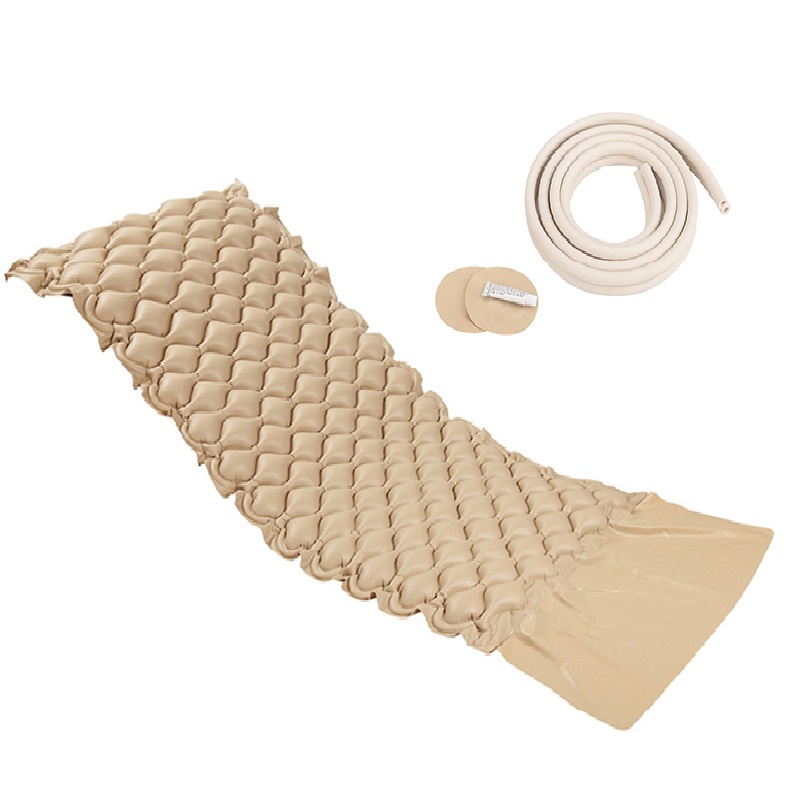Contents
Introduction
How Advanced Hospital Beds Improve Patient Recovery
Why Patient Beds Are Perfect for Nursing Facilities
Discover the Versatility of Hospital Beds in Medical Care
Maximize Mobility: Benefits of Patient Beds Explained
FAQ
What specific features differentiate hospital beds from patient beds in terms of patient recovery?
How do the advanced features of hospital beds, like electronic controls, impact patient comfort and recovery times?
What types of specialized mattresses are available for hospital beds, and how do they contribute to preventing bedsores?
Can hospital beds be rented or leased for short-term use, and what factors should be considered when making that decision?
Introduction
Are you ready to dive headfirst into the world of medical equipment and challenge your assumptions? Let’s embark on this journey to decipher the mystery of patient beds versus hospital beds. You might think these terms are interchangeable, but prepare to be surprised!
How Advanced Hospital Beds Improve Patient Recovery
Imagine walking into a hospital room. The bed you see isn’t just a regular bed; it’s a complex piece of equipment designed specifically for healthcare environments. Hospital beds are the epitome of innovation and functionality. They are equipped with features like adjustable heights, electronic controls, and specialized mattresses that prevent bedsores. These beds can tilt, elevate, and morph to accommodate the myriad needs of patients, enhancing both comfort and medical care.
Why Patient Beds Are Perfect for Nursing Facilities
Now, picture a patient bed. It might seem similar at a glance, but it lacks the advanced features of a hospital bed. Patient beds are more versatile and can be found in various settings, from homes to nursing facilities. They are designed to provide comfort and support but don’t always come with the high-tech mechanisms that hospital beds boast. Patient beds can be manually adjusted and may have basic features to aid in mobility and positioning, but they don’t match the sophistication of hospital beds.
Discover the Versatility of Hospital Beds in Medical Care
Are you seeing the difference yet? Hospital beds are the champions of adaptability in medical settings, offering unparalleled support for both patients and healthcare providers. They are built to withstand rigorous use and provide critical functionalities, from facilitating medical procedures to ensuring patient safety during emergencies. On the other hand, patient beds serve a more generalized purpose, offering comfort and support without the extensive range of features.
Maximize Mobility: Benefits of Patient Beds Explained
So, dare to think beyond the surface. Next time you hear the terms “patient bed” and “hospital bed,” remember this journey. Recognize the distinctive roles they play in the realm of healthcare. Be bold in your understanding and challenge the ordinary. Explore the extraordinary differences between these seemingly similar items and appreciate the innovation that goes into designing a bed that can quite literally save lives.
FAQ
What specific features differentiate hospital beds from patient beds in terms of patient recovery?
Hospital beds are equipped with advanced features such as adjustable heights, electronic controls, and specialized mattresses designed to prevent bedsores. These features allow the beds to tilt, elevate, and accommodate various patient needs, significantly enhancing both comfort and medical care. In contrast, patient beds offer basic comfort and support without the high-tech functionalities of hospital beds.
How do the advanced features of hospital beds, like electronic controls, impact patient comfort and recovery times?
The advanced features of hospital beds, such as electronic controls, allow for precise adjustments to the bed’s position, which can significantly improve patient comfort and facilitate faster recovery. These features help in reducing the risk of bedsores, improving blood circulation, and allowing for easier medical interventions, all of which contribute to better overall patient outcomes.
What types of specialized mattresses are available for hospital beds, and how do they contribute to preventing bedsores?
Hospital beds can be equipped with specialized mattresses, such as pressure-relief mattresses, air mattresses, and foam mattresses, designed to distribute weight evenly and reduce pressure points. These mattresses are crucial in preventing bedsores and improving patient comfort, thereby aiding in quicker recovery.
In addition, Epachois recommend the following anti-bedsore mattresses, which are the best choice for nursing patients.
Can hospital beds be rented or leased for short-term use, and what factors should be considered when making that decision?
Yes, hospital beds can be rented or leased for short-term use. Factors to consider when making this decision include the duration of need, the specific features required for the patient’s condition, the cost of renting versus purchasing, and the availability of maintenance and support services during the rental period.




